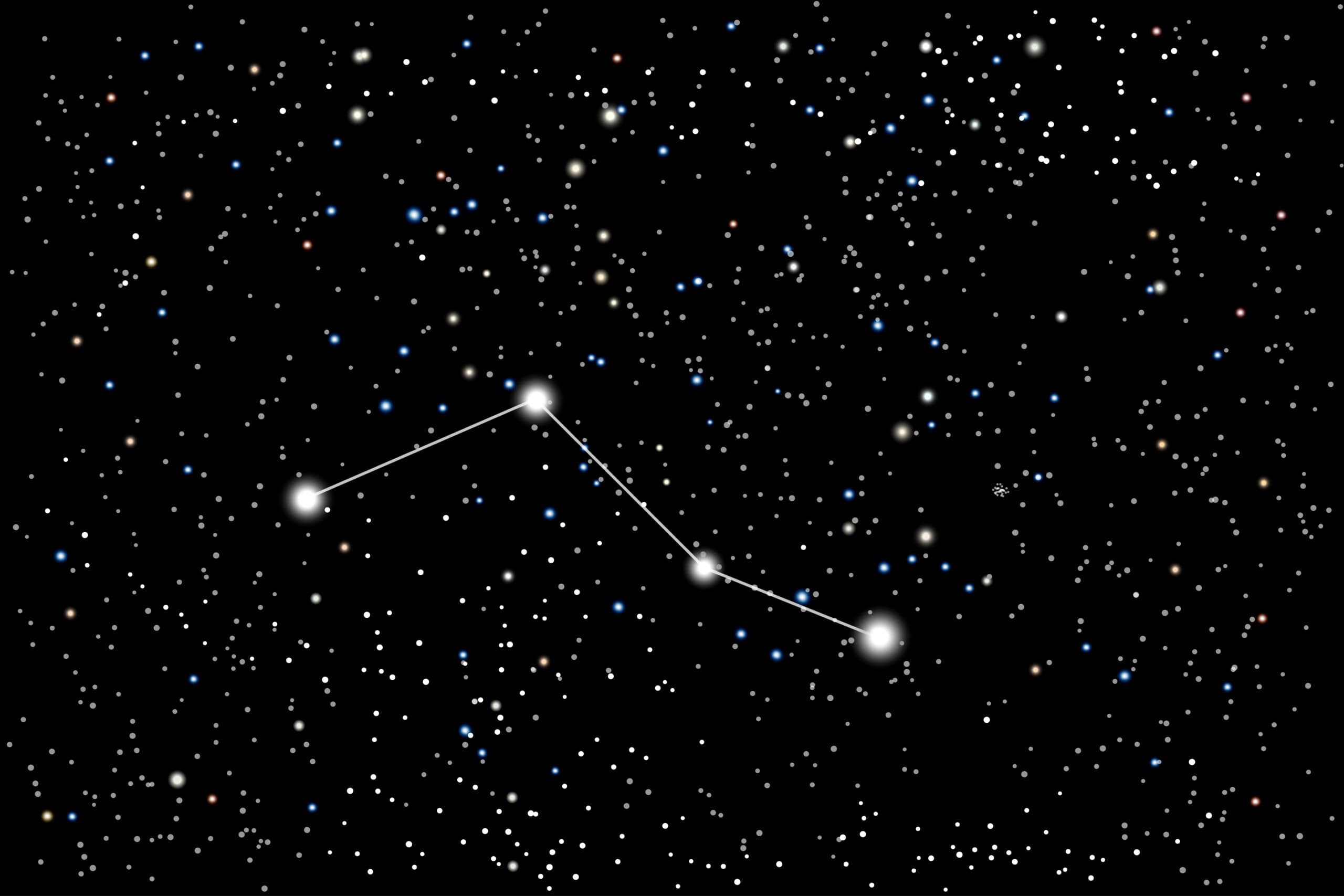Discovering rare documents in old libraries is like uncovering hidden treasures from the past. These manuscripts, scrolls, and books offer invaluable insights into the history, culture, and knowledge of ancient civilizations. From mysterious codices to foundational legal texts, each document tells a unique story that enriches our understanding of human heritage. In this list, we explore 19 of the most fascinating rare documents that have been unearthed in libraries around the world, each with its own remarkable tale to tell.
The Voynich Manuscript
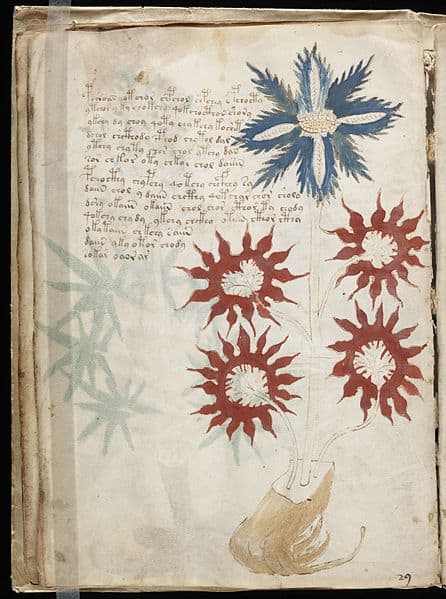
The Voynich Manuscript, discovered in the early 20th century, is one of the most enigmatic texts ever found. Written in an unknown script and filled with bizarre illustrations of plants, astronomical charts, and human figures, it has puzzled linguists and historians alike. Despite numerous attempts, its language and content remain undeciphered, defying even the most advanced cryptographic techniques. The manuscript dates back to the 15th century, adding to its mystery and allure. Its origin and purpose are still hotly debated, with theories ranging from a medieval hoax to an alchemical treatise.
The Gospel of Judas
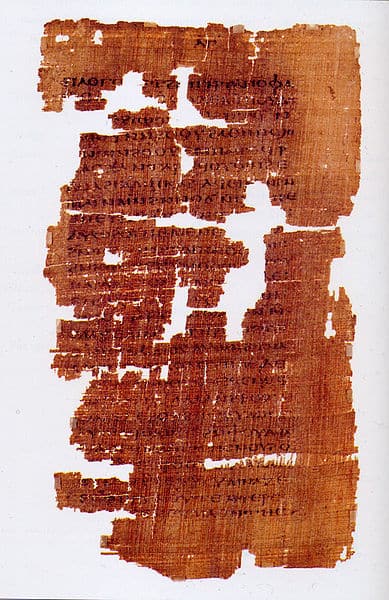
The Gospel of Judas, a Gnostic text, was unearthed in the 1970s and offers a radically different perspective on the biblical Judas Iscariot. Unlike traditional Christian texts, it portrays Judas not as a traitor but as a favored disciple who acted according to Jesus’ wishes. This controversial document, written in Coptic, dates back to the 3rd century AD and sheds light on early Christian diversity and theological conflicts. Its discovery has sparked significant debate among scholars and theologians. The manuscript highlights the existence of various interpretations of Jesus’ teachings during early Christianity.
The Codex Gigas

Known as the “Devil’s Bible,” the Codex Gigas is a massive medieval manuscript found in a Czech monastery. Created in the 13th century, it contains the complete Vulgate Bible along with various historical texts, including works by Josephus and Isidore of Seville. It is infamous for its full-page illustration of the Devil, which has fueled numerous legends and superstitions. Legend has it that the book was written in a single night by a monk who made a pact with the Devil to avoid execution. The Codex Gigas remains a masterpiece of medieval literature, showcasing the artistry and knowledge of its time.
The Dead Sea Scrolls
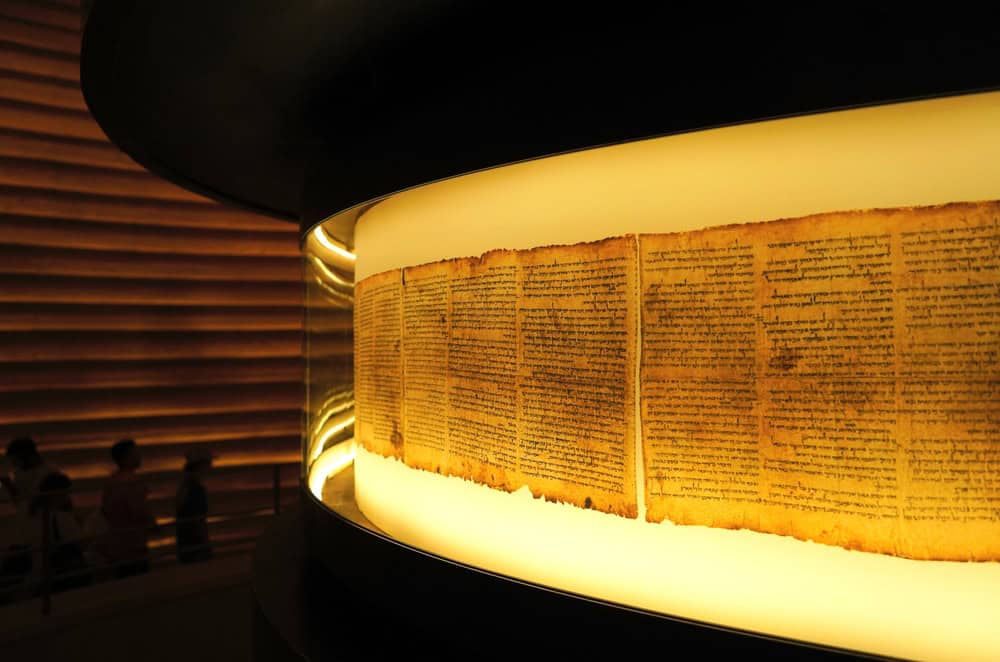
Discovered in the Qumran Caves near the Dead Sea, these ancient Jewish texts date from the 3rd century BCE to the 1st century CE. They include the oldest known manuscripts of the Hebrew Bible, along with a variety of other writings, such as sectarian documents and apocryphal works. The scrolls have provided invaluable insights into the history, religion, and practices of the Second Temple Judaism. Written primarily in Hebrew, Aramaic, and Greek, they have greatly enhanced our understanding of the linguistic and cultural milieu of the period. Their discovery is considered one of the greatest archaeological finds of the 20th century.
The Epic of Gilgamesh
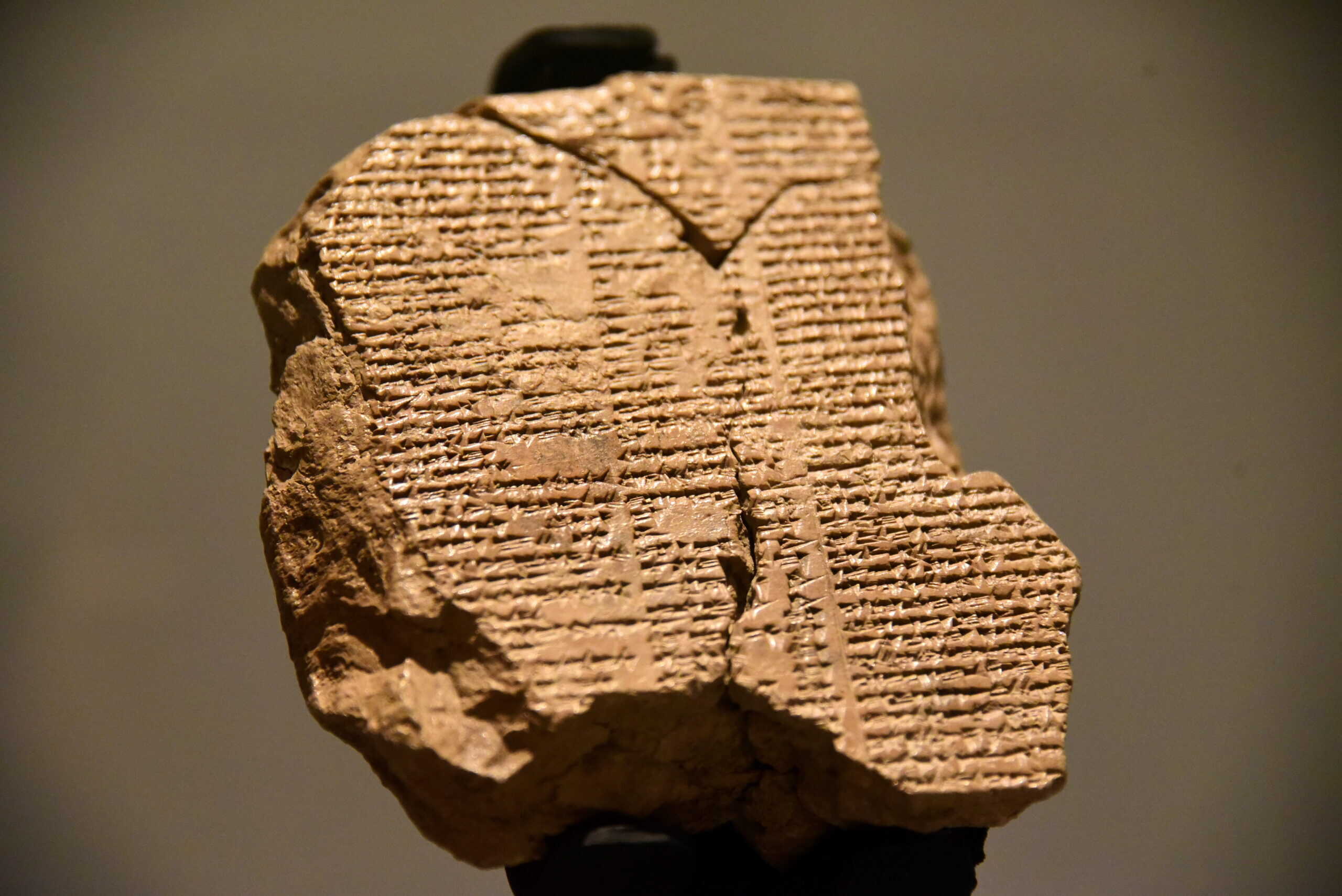
The Epic of Gilgamesh is one of the oldest known works of literature, with fragments dating back to around 2100 BCE. Found in the ruins of the ancient city of Nineveh, the text is inscribed on clay tablets in cuneiform script. It tells the story of Gilgamesh, a Sumerian king, and his quest for immortality, exploring themes of friendship, heroism, and the human condition. The epic is a cornerstone of Mesopotamian literature and has influenced many subsequent literary works. Its discovery has provided profound insights into ancient Mesopotamian civilization and mythology.
The Book of Kells
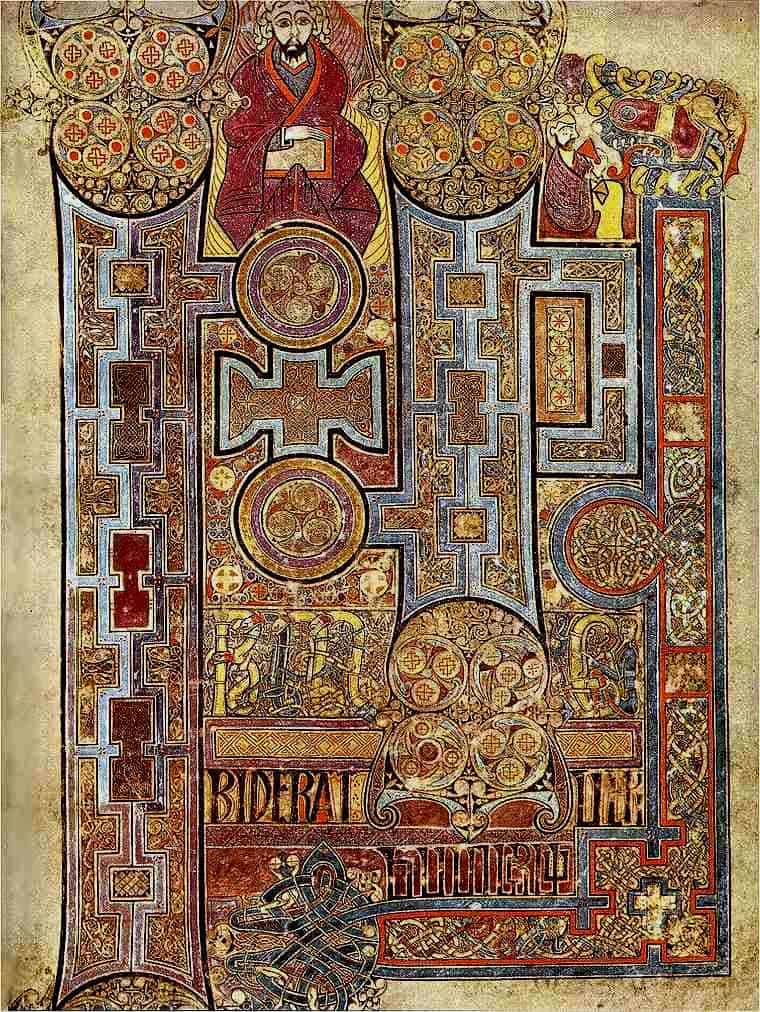
The Book of Kells, an illuminated manuscript Gospel book, was created by Celtic monks around 800 AD. It is renowned for its intricate and lavish decoration, combining Christian iconography with Insular art. The manuscript contains the four Gospels of the New Testament written in Latin. Its pages are adorned with elaborate illustrations, including depictions of Christ, the Virgin Mary, and various saints. The Book of Kells is considered a masterpiece of medieval art and a national treasure of Ireland, reflecting the high artistic and cultural achievements of its time.
The Rosetta Stone
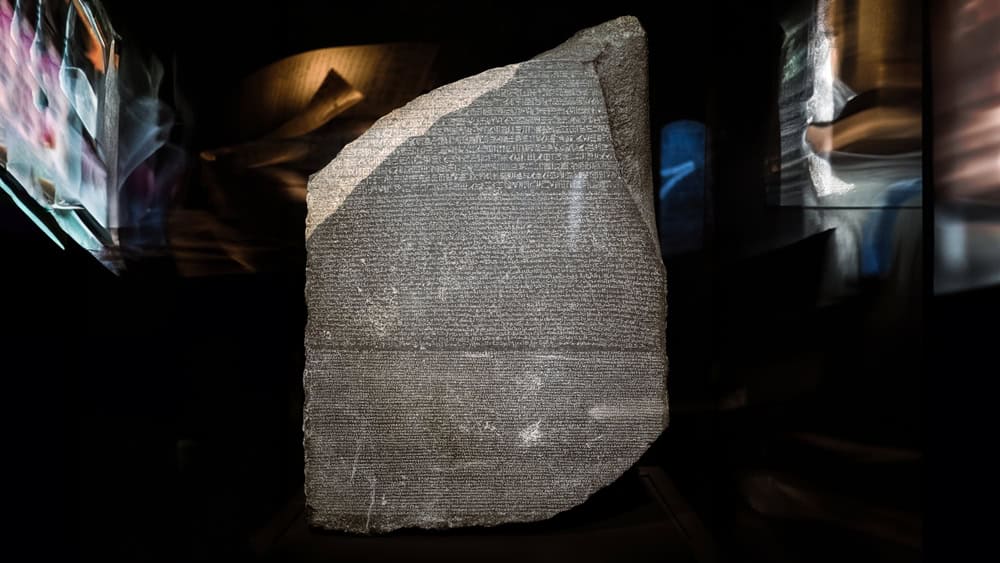
Discovered in 1799 by French soldiers in Egypt, the Rosetta Stone is an inscribed stone slab that proved crucial in deciphering Egyptian hieroglyphs. The stone features a decree issued in 196 BCE, written in three scripts: Greek, Demotic, and hieroglyphic. Its bilingual and trilingual inscriptions allowed scholars, most notably Jean-François Champollion, to unlock the meaning of hieroglyphic writing. The Rosetta Stone is one of the most significant archaeological discoveries, providing key insights into ancient Egyptian language and culture. It remains one of the British Museum’s most visited artifacts.
The Codex Leicester

The Codex Leicester is a famous notebook of scientific writings by Leonardo da Vinci. Written between 1506 and 1510, it contains Da Vinci’s observations and theories on topics such as astronomy, hydrodynamics, and geology. The manuscript is notable for its mirror writing and detailed sketches, reflecting Da Vinci’s unparalleled curiosity and intellect. Acquired by Bill Gates in 1994 for $30.8 million, it remains one of the most expensive books ever sold. The Codex Leicester offers a unique glimpse into the mind of one of history’s greatest geniuses.
The Sforza Hours
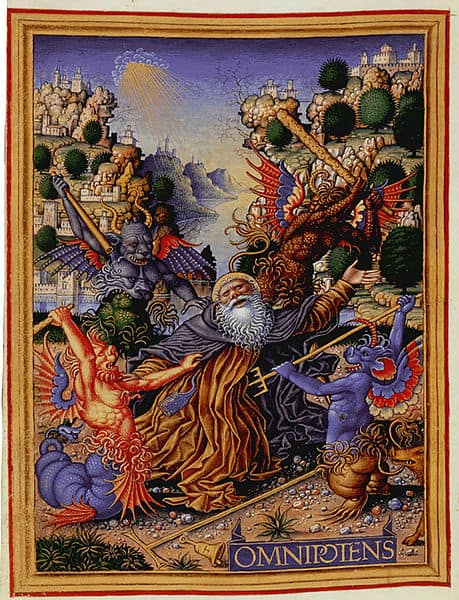
The Sforza Hours is a richly illuminated book of hours commissioned by Bona Sforza, Duchess of Milan, in the late 15th century. It is celebrated for its exquisite miniature paintings and lavish decorations, created by artists such as Giovan Pietro Birago. The manuscript contains prayers, psalms, and religious texts intended for private devotion. The Sforza Hours is a testament to the high artistic standards and devotional practices of Renaissance Italy. Its discovery has provided valuable insights into the art and culture of the period.
The Magna Carta
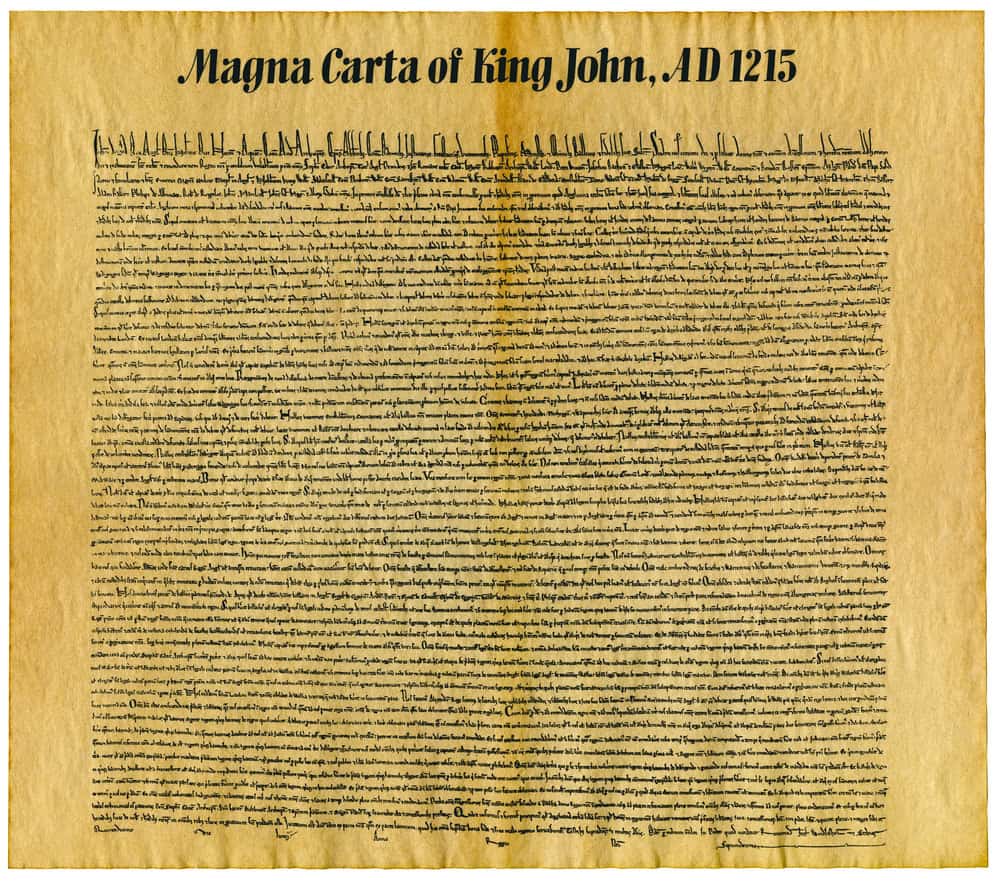
The Magna Carta, originally issued in 1215, is a foundational document in the history of constitutional law. It was drafted to limit the powers of King John of England and establish certain legal rights for his subjects. The charter includes provisions on justice, liberty, and the rule of law, influencing many subsequent legal documents, including the United States Constitution. Several original copies of the Magna Carta have survived, with the British Library holding two of them. The document symbolizes the enduring struggle for human rights and the principles of democratic governance.
The Gutenberg Bible
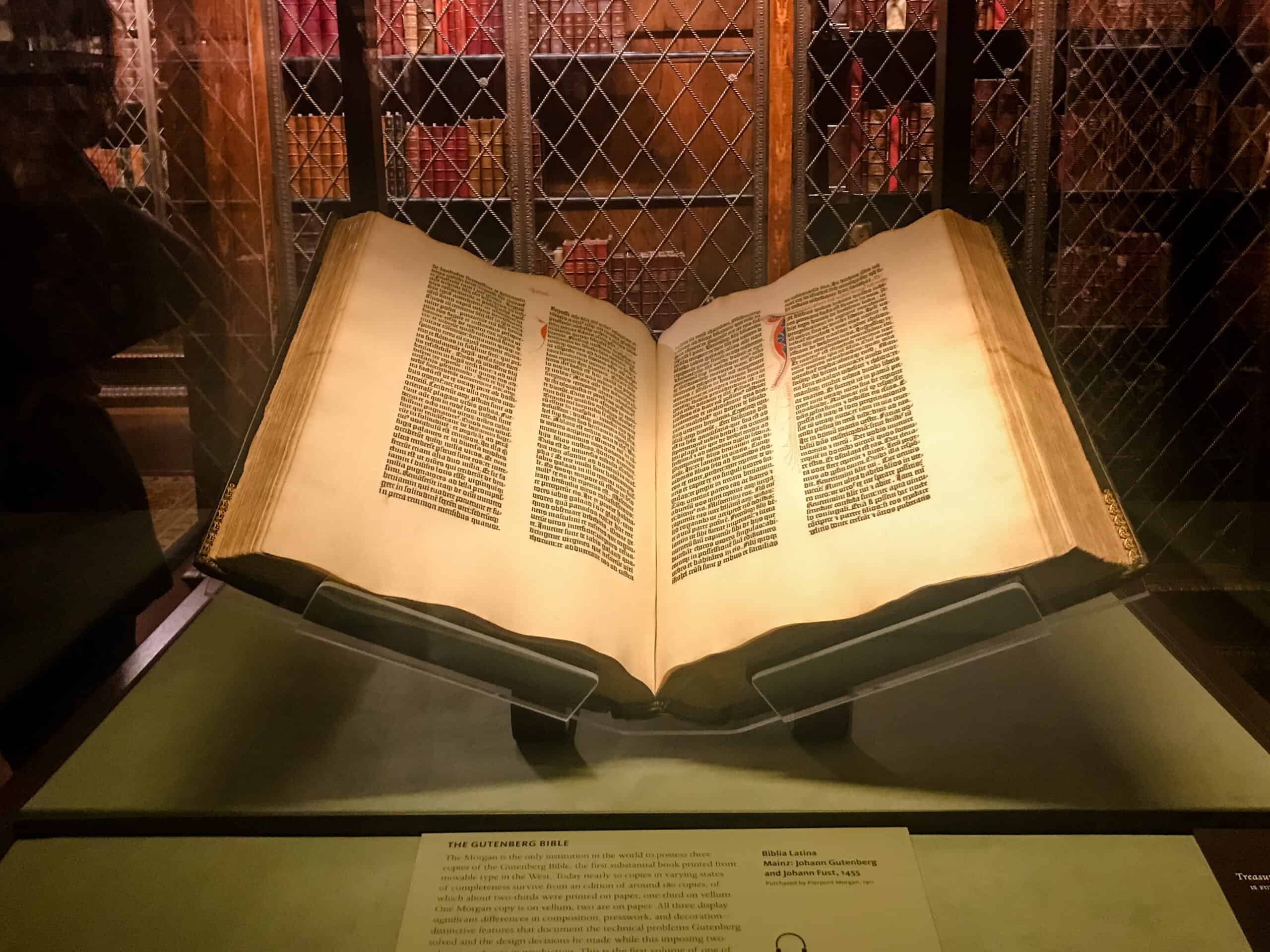
The Gutenberg Bible, printed in the 1450s by Johannes Gutenberg, is one of the earliest major books produced using movable type printing technology. This innovation revolutionized the production of books, making them more accessible and affordable. The Gutenberg Bible is renowned for its high-quality craftsmanship and beautiful Gothic script. Only about 50 copies are known to exist today, making it one of the most valuable books in the world. Its discovery and study have shed light on the early history of printing and its profound impact on society.
The Domesday Book
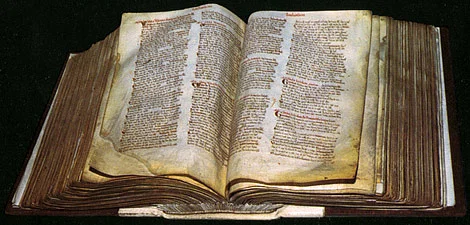
Commissioned by William the Conqueror in 1086, the Domesday Book is a comprehensive survey of landholdings and resources in England. It provides detailed information on property ownership, land value, and agricultural resources. The Domesday Book is an invaluable historical document, offering a snapshot of medieval England’s economy and society. It remains one of the most significant records of early English history. The manuscript is preserved in the National Archives in London.
The Madrid Codices
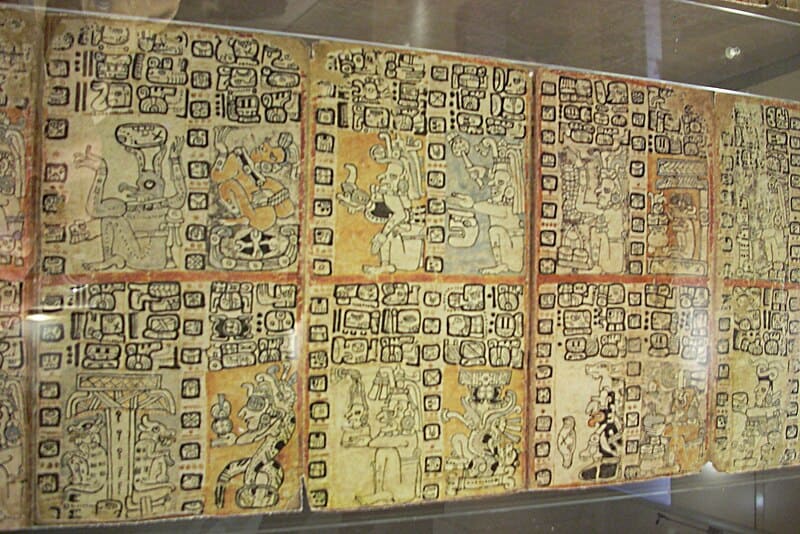
The Madrid Codices are two surviving notebooks of Leonardo da Vinci, rediscovered in the National Library of Spain in the 1960s. They contain a wide range of Leonardo’s scientific and technical drawings, notes, and sketches. The notebooks provide insight into Leonardo’s inventive mind and his diverse interests, from mechanics to anatomy. The Madrid Codices are among the most important works of Leonardo, revealing his genius and creativity. Their discovery has enriched our understanding of Renaissance science and technology.
The Book of the Dead
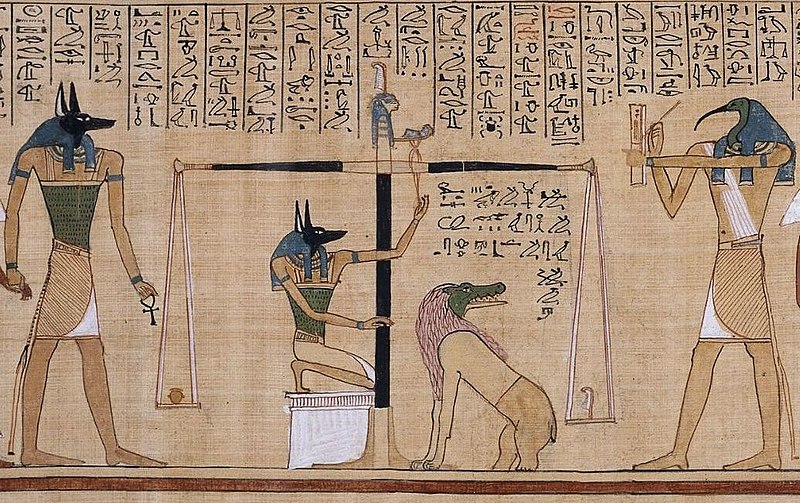
The Egyptian Book of the Dead is a collection of funerary texts and spells designed to guide the deceased through the afterlife. Written on papyrus, these texts date back to around 1550 BCE. They provide detailed instructions for navigating the underworld and achieving eternal life. The Book of the Dead is a key source of information on ancient Egyptian religion and beliefs. Numerous versions of the text have been discovered in tombs, reflecting its widespread use and significance.
The Diamond Sutra
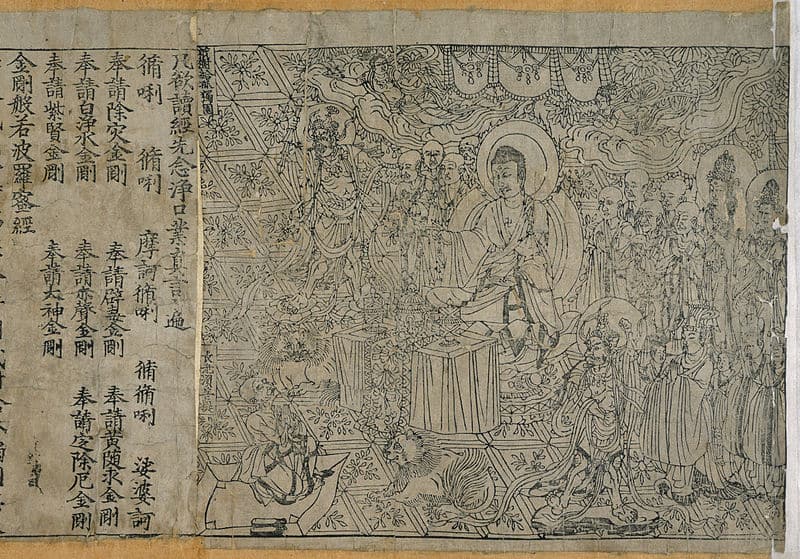
The Diamond Sutra, printed in 868 AD, is the oldest known dated printed book in the world. It is a Chinese Buddhist text that emphasizes the practice of non-attachment and the realization of emptiness. The scroll was discovered in the Mogao Caves in China and is a masterpiece of early printing technology. Its discovery has provided valuable insights into the history of Buddhism and the development of printing. The Diamond Sutra is preserved in the British Library.
The Codex Sinaiticus
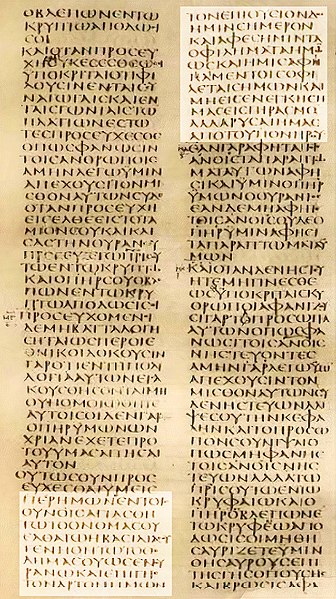
The Codex Sinaiticus, discovered in the 19th century at St. Catherine’s Monastery in Egypt, is one of the oldest and most complete manuscripts of the Christian Bible. Dating back to the 4th century, it contains both the Old and New Testaments in Greek. The Codex is a crucial source for biblical scholarship, offering insights into early Christian texts and their transmission. Its discovery has significantly influenced the study of the Bible and early Christianity. The manuscript is now housed in the British Library.
The Beowulf Manuscript
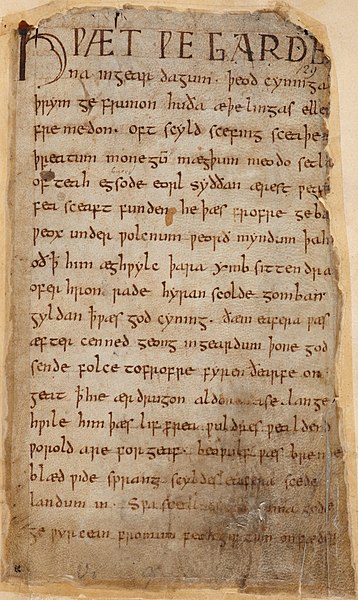
The Beowulf Manuscript, also known as the Nowell Codex, is the sole surviving copy of the Old English epic poem Beowulf. It dates back to the late 10th or early 11th century and is written in Anglo-Saxon script. The manuscript tells the story of the hero Beowulf and his battles with the monster Grendel and a dragon. Its discovery has provided a unique glimpse into the literature and culture of early medieval England. The Beowulf Manuscript is housed in the British Library and remains a cornerstone of English literature.
The Leningrad Codex
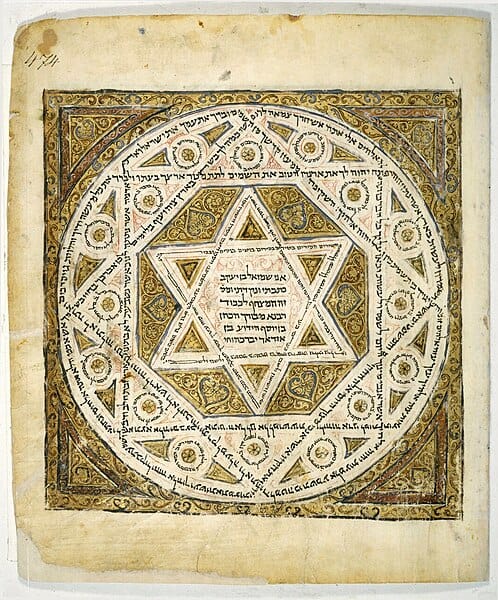
The Leningrad Codex, dating back to 1008 CE, is the oldest complete manuscript of the Hebrew Bible. It is written in Hebrew and contains the Masoretic text, which is the authoritative version of the Hebrew Bible in Judaism. The codex is a critical resource for biblical scholars, offering insights into the textual transmission and preservation of the Hebrew scriptures. Its discovery has greatly enhanced our understanding of the history and development of the Hebrew Bible. The Leningrad Codex is preserved in the National Library of Russia.
The Codex Mendoza
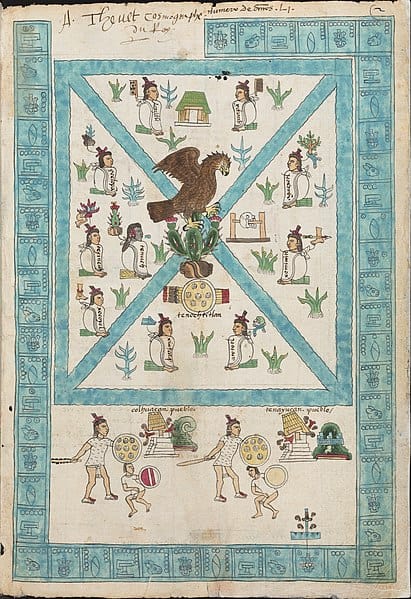
The Codex Mendoza, created in the 16th century, is an Aztec codex that provides a detailed account of Aztec society, culture, and history. It includes illustrations and descriptions of Aztec rulers, conquests, and daily life. The codex was commissioned by the Spanish viceroy of New Spain to provide King Charles V with information about his new subjects. Its discovery has provided invaluable insights into the Aztec civilization and its interactions with the Spanish conquerors. The Codex Mendoza is housed in the Bodleian Library at Oxford University.
This article originally appeared on Rarest.org.
More From Rarest.Org
Exploring underwater ecosystems is a breathtaking adventure. Each destination offers a unique glimpse into the marine world. From vibrant coral reefs to mysterious deep-sea formations, these ecosystems are home to a diverse array of marine life. Read more.
Stargazing often focuses on well-known constellations, but the night sky is filled with many lesser-known wonders. These obscure constellations have rich mythologies and histories that are equally fascinating. Read more.
Alpine plants are known for their resilience and beauty. These plants thrive in high-altitude, harsh environments. Each species has unique features and fascinating adaptations. This article explores several unique alpine species. Read more.


